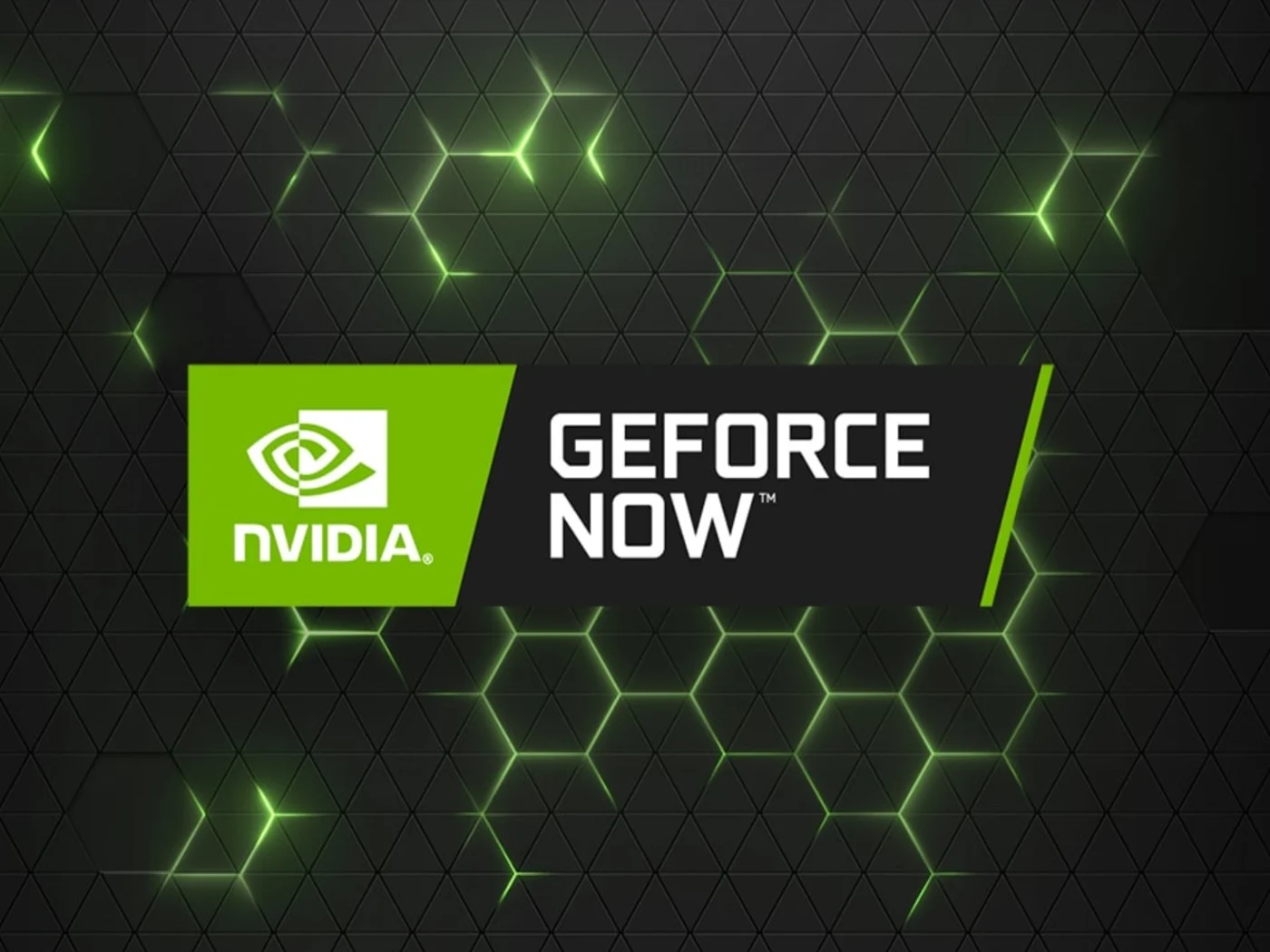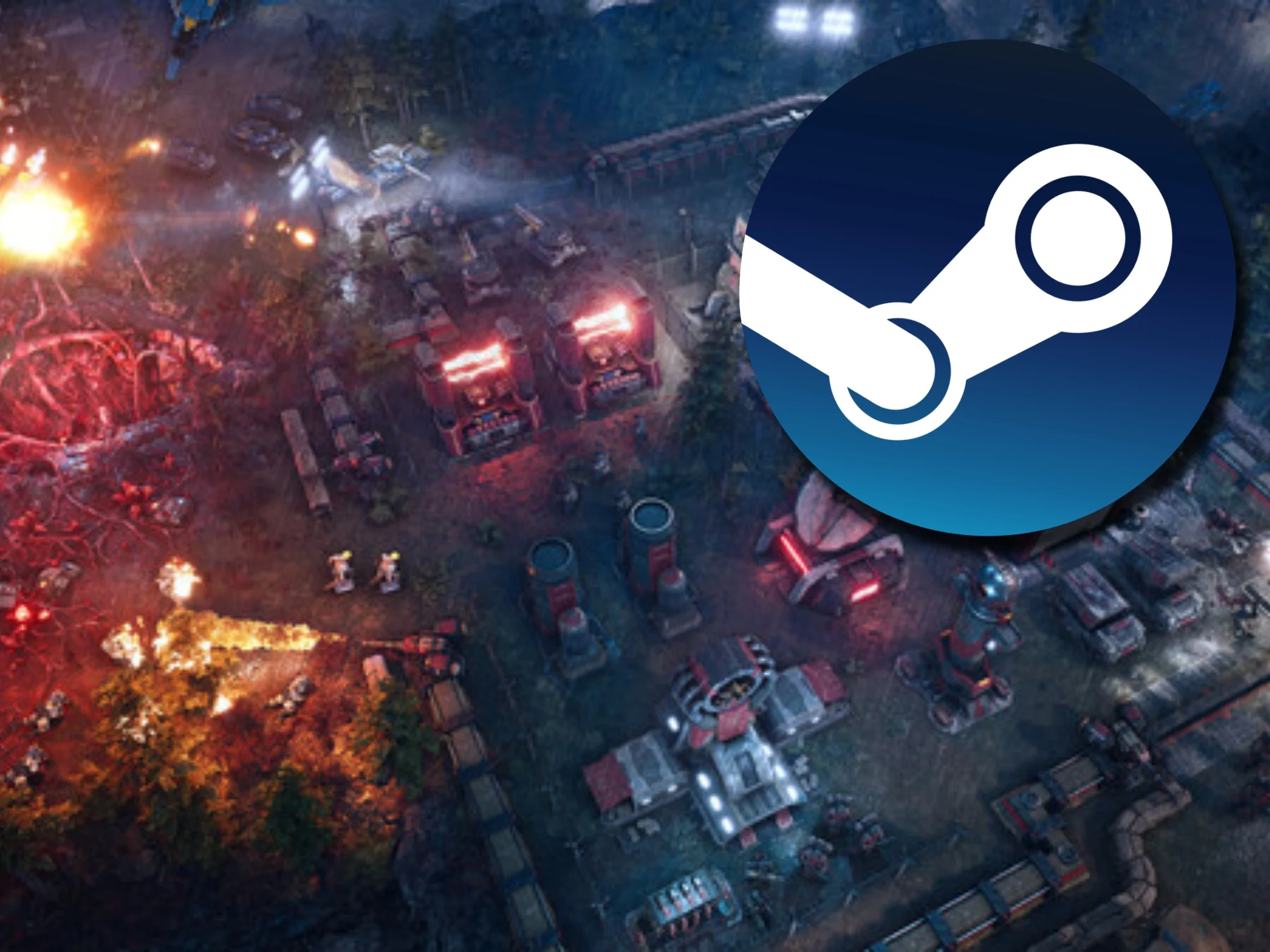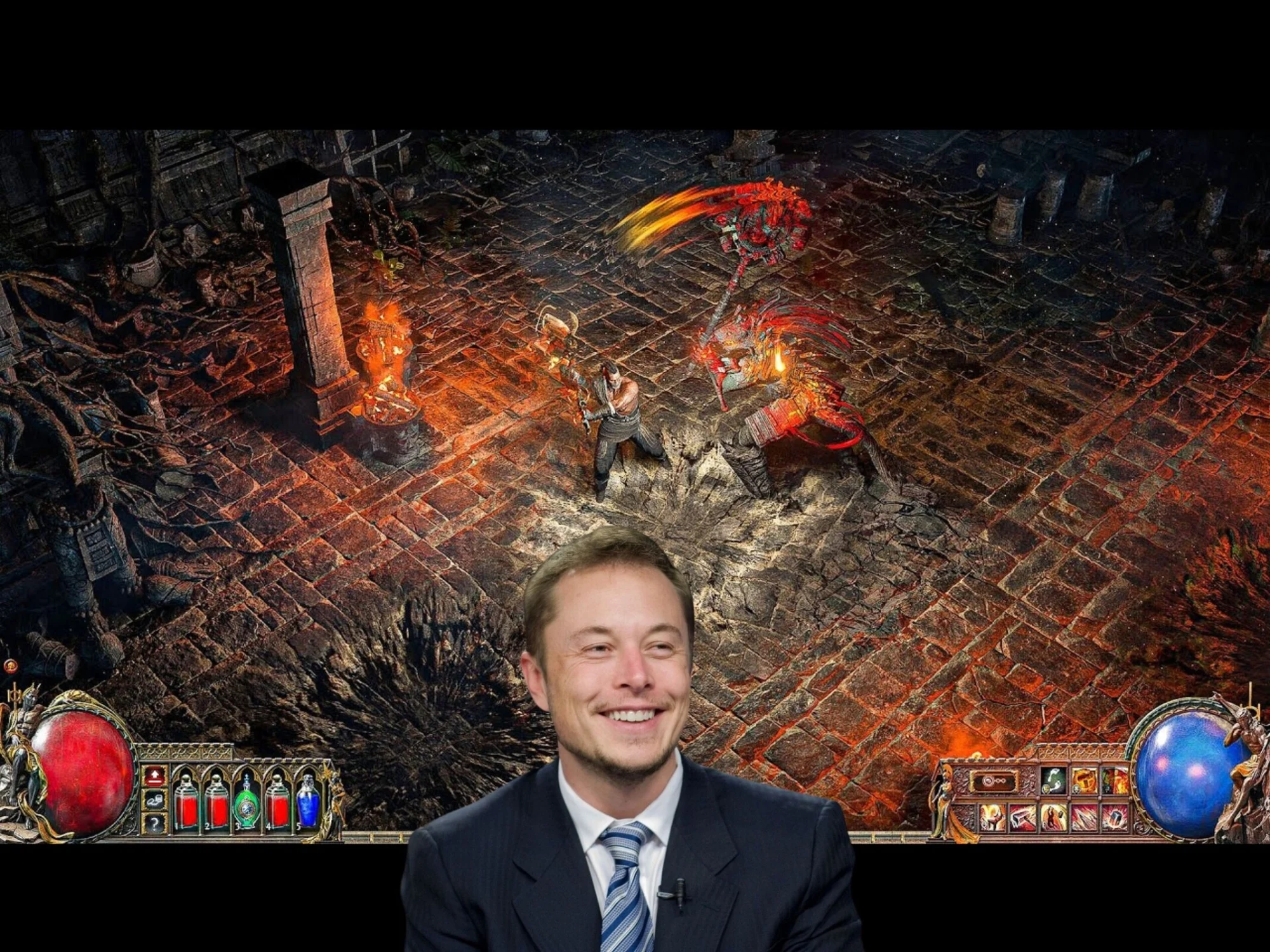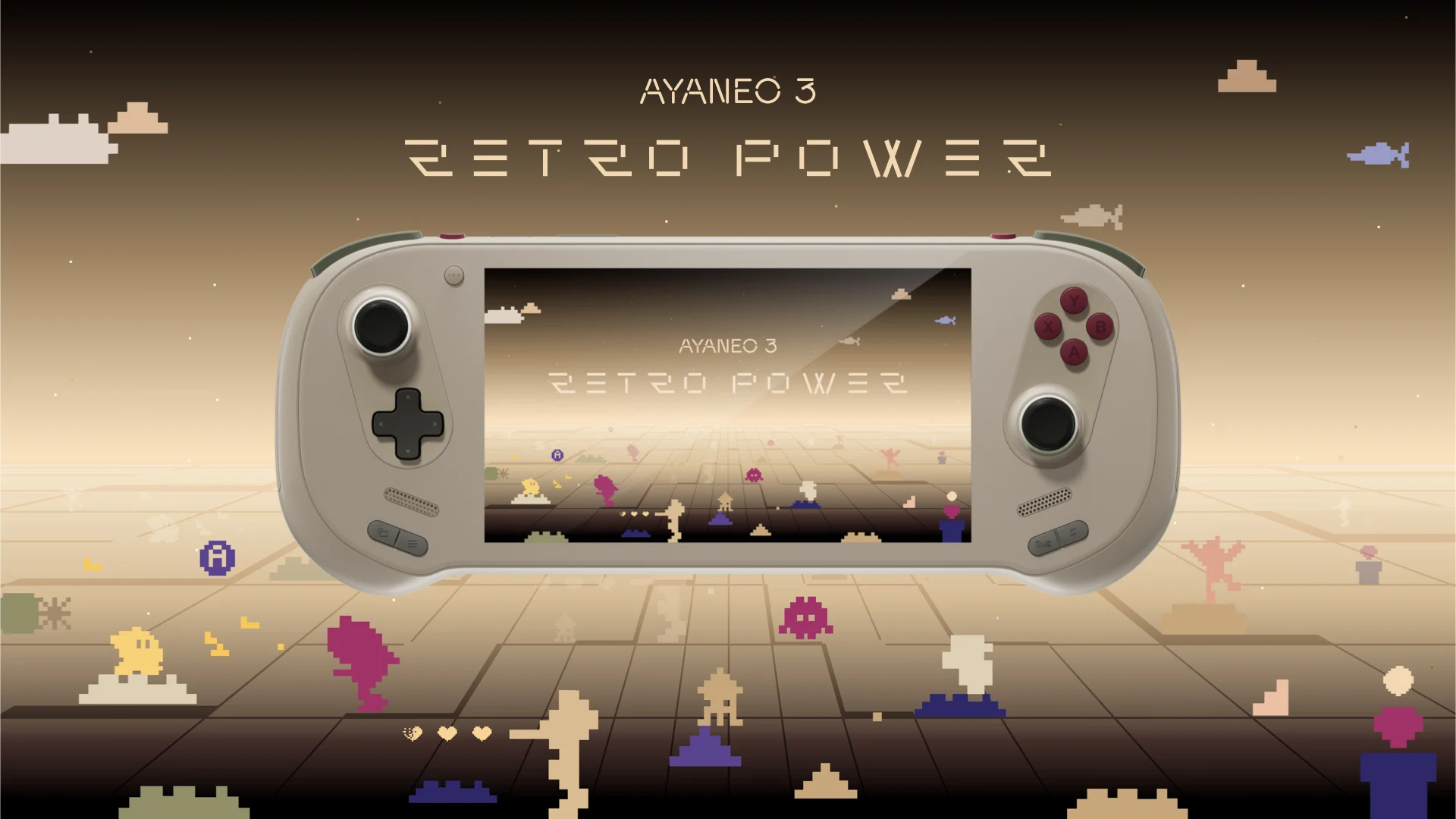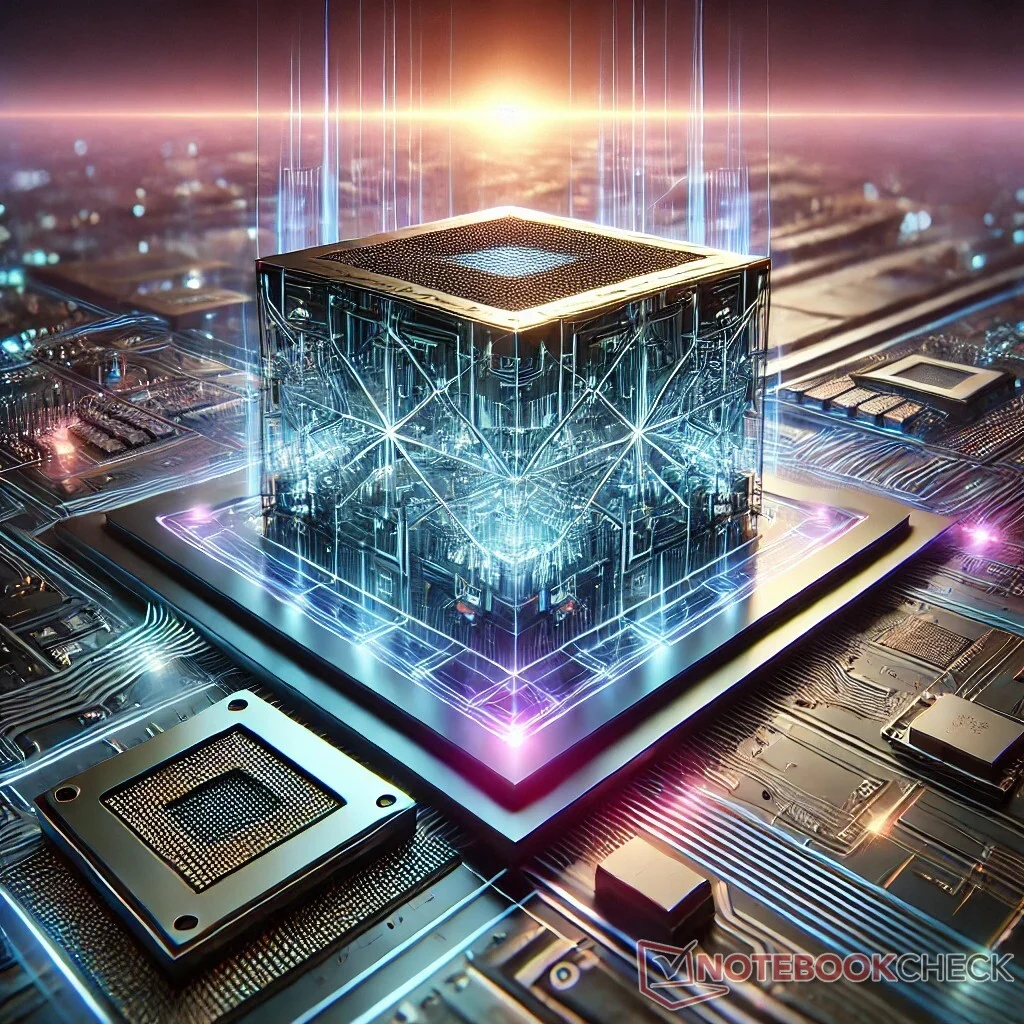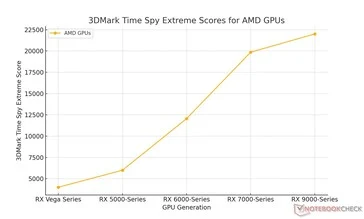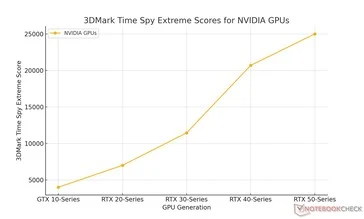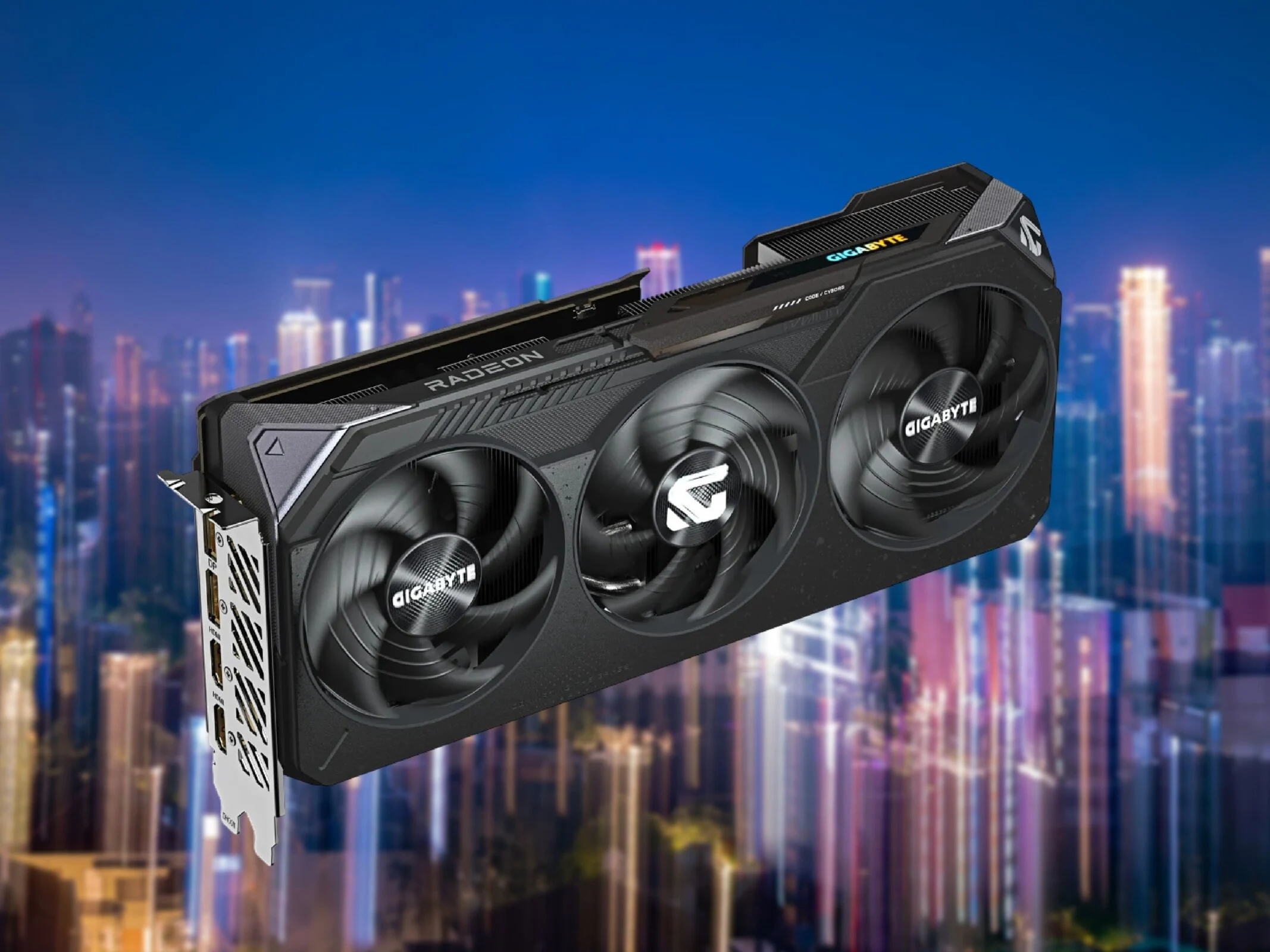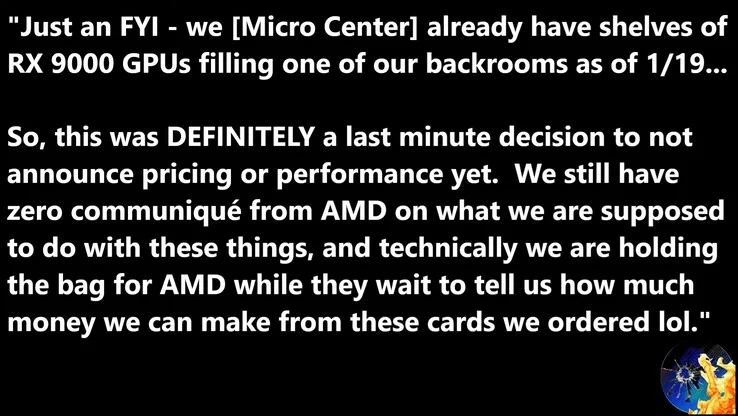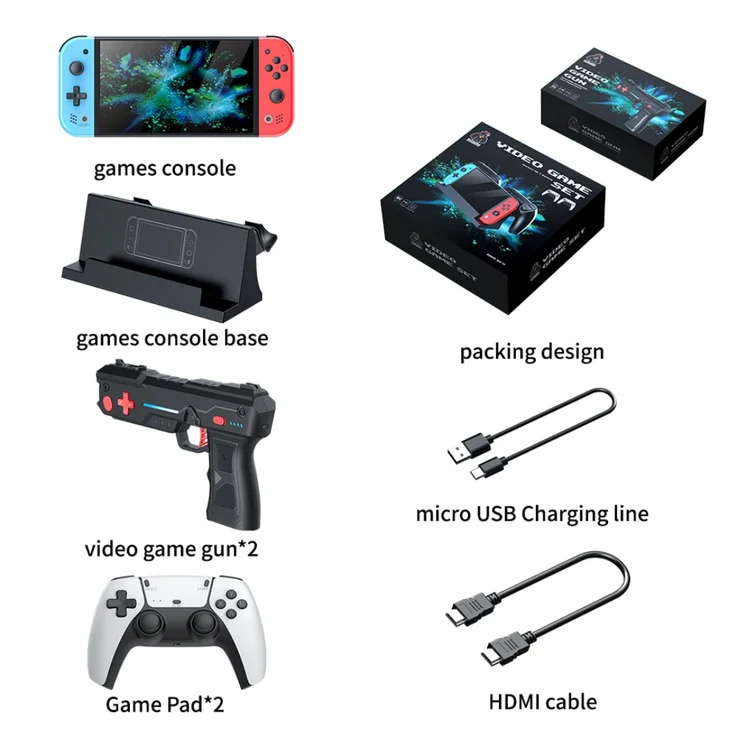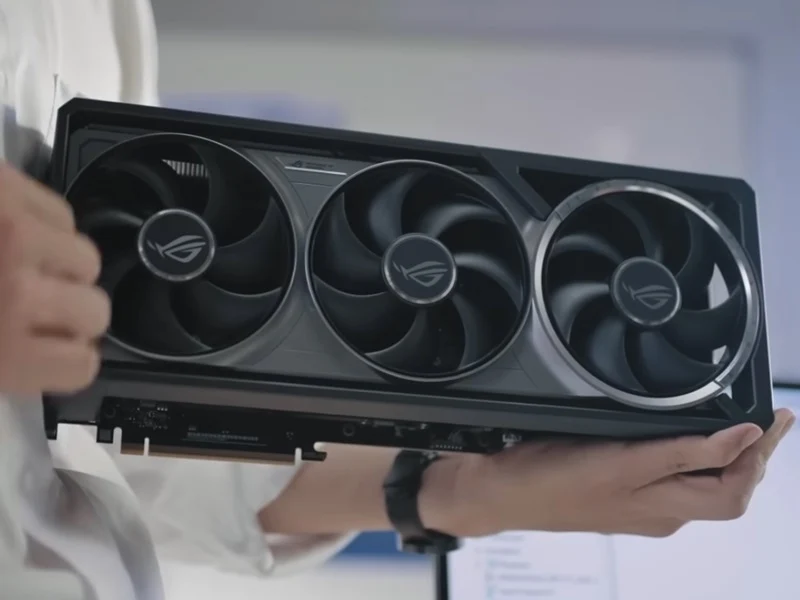For many years, GPUs have changed the way we compute, bringing amazing improvements in performance with every new release. However, as the industry nears the physical and financial limits of making silicon, these advances have begun to slow down. This situation is leading to a change in how we measure and achieve performance. By looking at trends over the years, we can see this shift and the necessity for fresh strategies to keep pushing GPU technology forward.
Nvidia’s Progression
Nvidia’s journey illustrates this evolution well. The RTX 20 series (Turing) marked a major step with the introduction of real-time ray tracing. Following that, the RTX 30 series (Ampere) and RTX 40 series (Ada Lovelace) raised computational power significantly. But, the speed of performance improvements is not as fast anymore. Monthly growth rates have dropped from around ~2.68% during the transition from RTX 20 to 30, to an estimated ~0.96% for the upcoming RTX 50 series. Similarly, AMD’s RDNA 2 (RX 6000 series) achieved a remarkable ~6.25% monthly growth, but RDNA 3 only manages about ~2.60%.
Challenges in Scaling
This slowdown isn’t because of lack of ambition; it’s due to increasing difficulties in scaling silicon. Process nodes like 7nm and 4nm have unlocked amazing capabilities, but pushing for even smaller sizes encounters serious technical and financial obstacles. The time of rapid hardware growth is shifting towards a focus on architectural innovation as the key driver of progress.
Technological advancements like Nvidia’s DLSS and AMD’s multi-chip designs show this new path. These technologies utilize AI, advanced memory integration, and software-driven tweaks to boost performance in real-world use. New ideas such as chiplet architectures and 3D stacking also hold the potential to change GPU design, helping manufacturers go beyond the limits of single-chip designs and achieve better performance under existing restrictions.
Rethinking Performance Metrics
As hardware innovation slows down, the way we view performance needs to change too. Traditional benchmarks like teraflops and synthetic scores are still useful but often miss the mark on real-world user experiences, especially in gaming. A more relevant measurement is frame latency, which looks at the time it takes for a GPU to create and show each frame. This provides a clearer view of how smooth and responsive gameplay is.
Different gaming genres also have unique latency needs. Fast-paced shooters (FPS) require ultra-low latency for smooth visuals and accurate controls during intense moments. Conversely, role-playing games (RPGs) focus more on rich visuals, where a bit of extra latency is acceptable. Casual games or strategy titles can handle even more latency without affecting player satisfaction. Understanding these distinctions helps developers and manufacturers fine-tune graphics cards and software for specific gaming experiences, ensuring the best performance across a range of applications.
The Importance of Frame Latency
Frame latency plays a crucial role in how smooth and responsive a game feels, especially during graphically demanding or high-frame-rate situations. Evaluating GPUs based on latency and stability gives a clearer picture of their real-world performance. A GPU that has moderate raw power might still outperform a higher-rated model by reducing stutters and frame drops in challenging gameplay. By focusing on these metrics, manufacturers can better meet the needs of both gamers and professionals.
The GPU sector is at a pivotal point. With traditional silicon scaling yielding less impressive results, the way forward involves blending innovative hardware designs with more intelligent methods of measuring performance. AI-enhanced rendering, clever resource management, and advanced memory structures will drive the next phase of GPU development. By using metrics like frame latency, we can ensure that these advancements bring real, significant benefits to users.
The future for GPUs isn’t solely about making silicon quicker or smaller. It’s about rethinking how we approach computing itself, emphasizing creativity, efficiency, and user experience to foster innovation in a time when the limits of silicon no longer define what’s possible.


